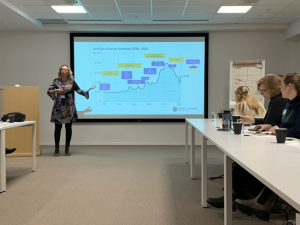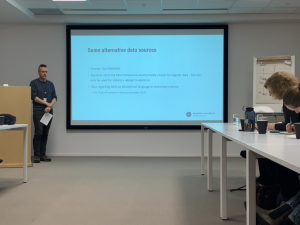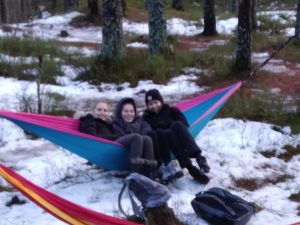
In the Midwest, we are might be a bit more familiar with the concept of friluftsliv. Whether you have heard the term before or not, you have actually indulged in this. This could take the form of skiing, ice skating, walking, snowshoeing, hiking etc. The term friluftsliv loosely translates to “free air life”. It’s a Norwegian term that refers to the concept of enjoying the outdoors. The Norwegians and perhaps the Scandinavian and Nordic regions have a special relationship with nature all year round. With long and cold winters, one really has to adapt to the darkness.
Led by Irene Hirsti-Kvam (nature guide), Cecilie Dawes(Food Studio’s founder) and writer Marte Garman(photographer-writer), we took a ride up to Bøler early in the morning. As our altitude changed, I couldn’t help but notice the change in temperature as it got slightly colder. We were met by Marte and Irene who led us on our merry way to the short trek up to the Skog in Bøler. We made our way through the icy paths and fields in the cloudy residential area before making our way up through the forest. Several times, Irene offered us “stegjerner” to get a better grip on the ice and with our Midwestern get-on attitude, most of us made it without a single slip. As we made our way up higher and higher in the hills just outside Oslo (Yes, they are just hills trust me), one couldn’t help but start to notice the change in the atmosphere. Of course, there was snow, but you are removed from the noise of the trams, the cars and the lights of Oslo. You are transported to a world filled with serenity, long towering trees, snow-covered grounds and green grass! Yes! Green grass! Because Norway is a coastal country, they have access to the Ocean which means that the air that blows across this area is warmer hence the grass remains green when the snow slightly melts.
So, we get to our campsite, and I can’t quite describe the exact shade of the greens and the white snow. It can only be similar to scenes in the Hobbiton world where Merry and Pippin live in the Shire. It was green, and white, with rocks, and a river, it was teaming with life in spite of the low temperatures. Cecile already had the stew going and I personally was really excited about it! (reader if you can’t yet tell, I love food!) We had brief introductions as we made our way around the sheepskins. We then had the opportunity to eat Cecile’s soup made of ancient Norwegian barley and rye and beans. In spite of my rare appetite, I have high standards for new food items that make their way into my mouth. That stew was “bomb” or as Professor Dana might say “It’s an environment”. We then had time to explore the surrounding area where some students were able to explore the valley nearby and get a view of the nearby river. We had the choice to take part in wilderness activities such as how to start a bonfire, making Norwegian apple pancakes and hammocking! It’s pretty safe to say that every one of us enjoyed those bonfire pancakes, I strongly recommend trying them once. After having our pancakes and cups of tea, all we had left was to help with taking down the equipment and set back down the hill. I have never been more grateful for those “stegjerner”!! They made a difference as we once again made our way down the icy hills. Overall it was a lovely experience and highly recommend that everyone takes the time to take part in friluftsliv.
Find the article to the food studio for more information.
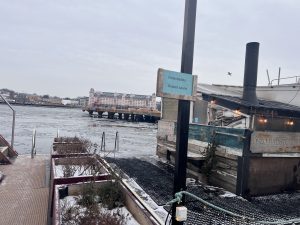
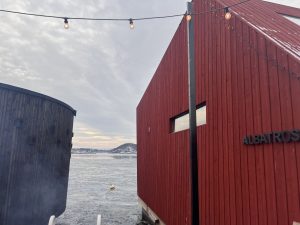
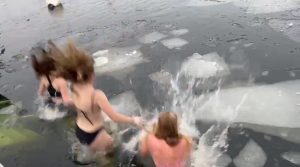
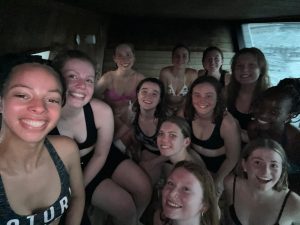
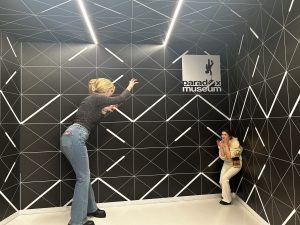
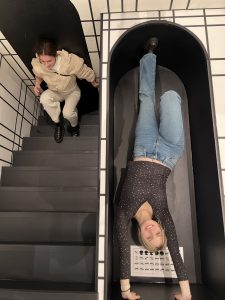
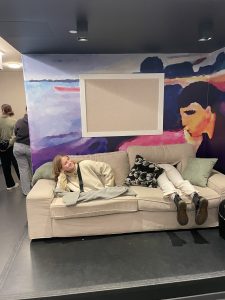
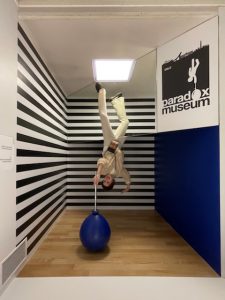
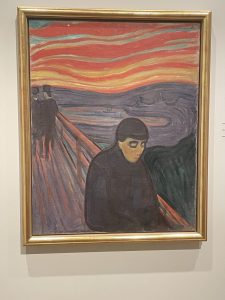
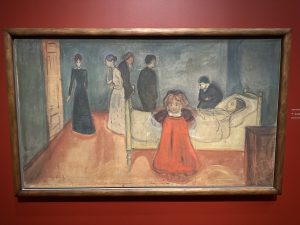

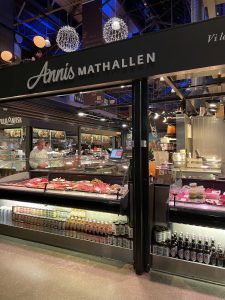
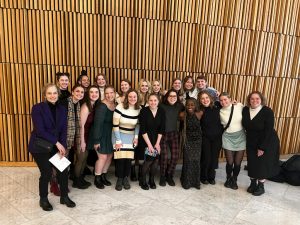
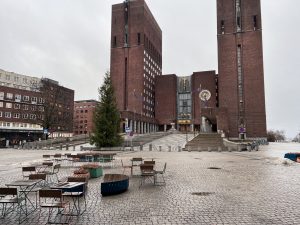
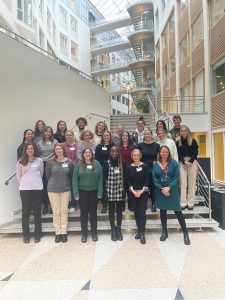
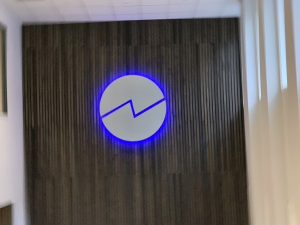 We were able to hear three fascinating presentations from a variety of staff members, on gender statistics, LGBTQ+ quality of life, immigration trends, and Sámi statistics (or lack thereof). Gendering statistics is not something commonly discussed in an Introduction to Statistics course, but our presenters explain the compelling reasons why Norway considers gender in every analysis and is able to use statistics to understand the state of gender in Norway better. While Norway is a country notorious for its commitment to gender equality, statistical analysis can show us that there is still a significant gender divide in the labor market.
We were able to hear three fascinating presentations from a variety of staff members, on gender statistics, LGBTQ+ quality of life, immigration trends, and Sámi statistics (or lack thereof). Gendering statistics is not something commonly discussed in an Introduction to Statistics course, but our presenters explain the compelling reasons why Norway considers gender in every analysis and is able to use statistics to understand the state of gender in Norway better. While Norway is a country notorious for its commitment to gender equality, statistical analysis can show us that there is still a significant gender divide in the labor market.